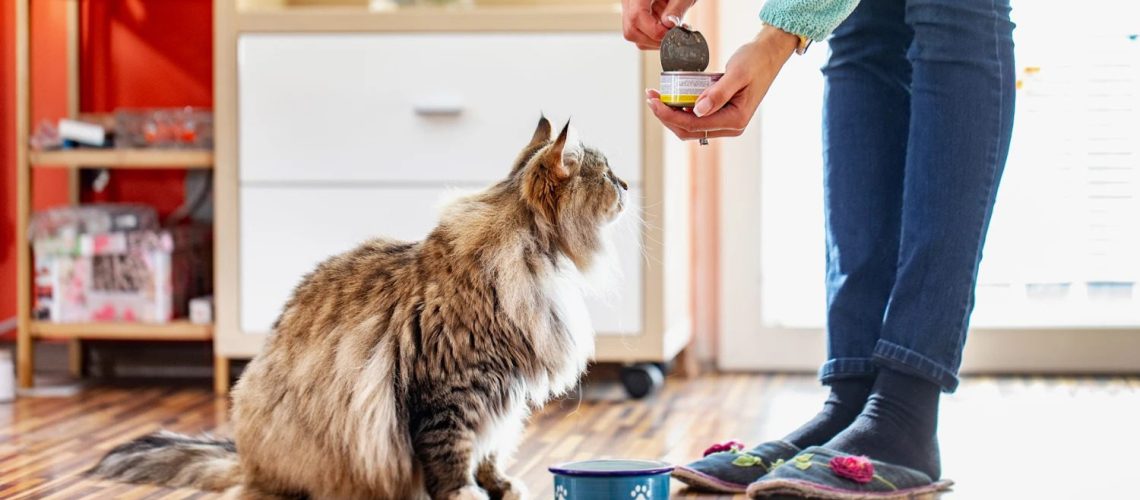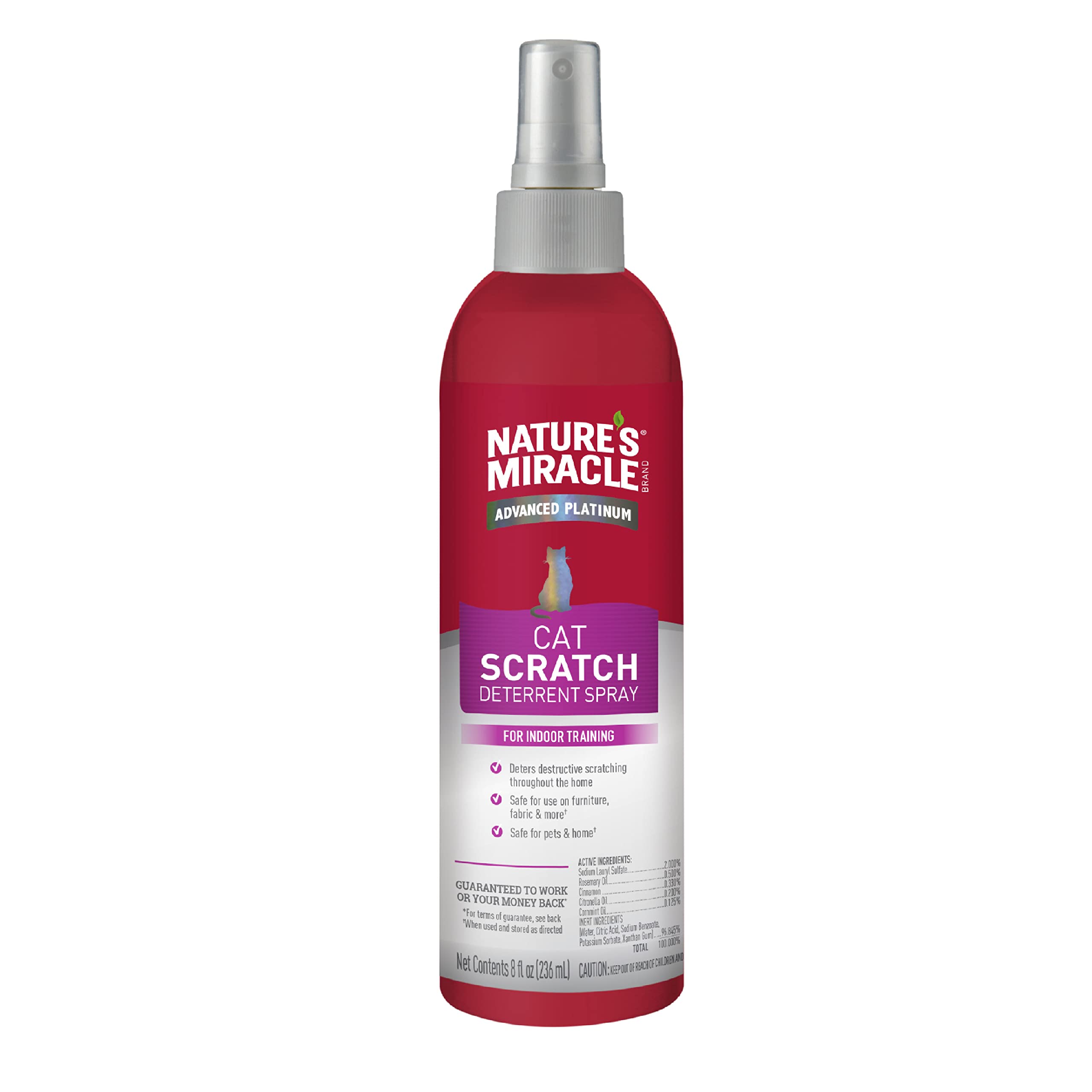Discover why a shopping list is crucial for your new cat! Stay organized, budget wisely, and ensure you have all the essentials for a smooth transition.
Key Takeaways:
1. Food and water bowls: Provide your new cat with separate bowls for food and water to ensure they stay hydrated and well-fed.
2. Litter box and litter: Set up a litter box with clumping or non-clumping litter to provide a designated area for your cat's bathroom needs.
3. Scratching post: Invest in a scratching post or pad to prevent your cat from damaging furniture and to satisfy their natural instinct to scratch.
4. Toys and interactive play items: Keep your cat entertained and mentally stimulated with toys such as balls, feather wands, and puzzle feeders.
5. Bed or cozy resting spot: Provide a comfortable bed or blanket where your cat can relax and feel safe in their new home.
Why Do We Need a Shopping List for a New Cat?
When you bring home a new cat, it's important to be prepared with all the necessary items to ensure their well-being and happiness. Creating a shopping list can help you stay organized and make sure you don't forget anything essential. Plus, having everything ready before your new furry friend arrives will make the transition smoother for both of you.
A shopping list will also help you budget for your new cat's needs. By planning ahead and knowing exactly what items you need to purchase, you can avoid overspending or buying unnecessary things. It's always better to be prepared and have everything on hand when your new cat comes home.
Benefits of Having a Shopping List for Your New Cat:
- Ensures you have all the necessary items
- Makes the transition smoother for your new cat
- Helps you budget for your cat's needs
- Avoids overspending or buying unnecessary things
Tip: Before creating your shopping list, research the specific needs of your cat breed to ensure you include any breed-specific items.
Essential Items to Include on Your Shopping List for a New Cat
When creating a shopping list for your new cat, there are some essential items that should be at the top of your list. These items will provide basic necessities and comfort for your feline friend.
The essential items to include on your shopping list are:
- Cat food: Choose high-quality cat food that meets their nutritional needs.
- Litter box: Provide a clean and comfortable space for them to do their business.
- Litter: Choose a litter that is safe and comfortable for your cat.
- Food and water bowls: Provide separate bowls for food and water.
- Cat bed or blanket: Give them a cozy spot to relax and sleep.
- Scratching post or pad: Help them satisfy their natural scratching instincts.
These essential items will ensure that your new cat has everything they need to feel safe, comfortable, and well-cared for in their new home.
Examples of Food Items to Add to Your Shopping List for Your New Cat
Choosing the right food for your new cat is crucial for their health and well-being. There are several options available, so it's important to consider your cat's age, breed, and any specific dietary needs they may have. Here are some examples of food items you can add to your shopping list:
- Dry cat food: This is a popular option as it is convenient and helps maintain dental health.
- Wet cat food: Provides hydration and variety in texture and flavors.
- Kitten formula: If you have a young kitten, they may require specialized formula until they can eat solid food.
- Grain-free or hypoallergenic options: For cats with specific dietary restrictions or sensitivities.
Remember to consult with your veterinarian before making any changes to your cat's diet. They can provide guidance on the best food options based on your cat's individual needs.
Choosing the Right Toys for Your New Cat's Shopping List
Toys are not just a source of entertainment for cats; they also help keep them mentally stimulated and physically active. When choosing toys for your new cat, it's important to consider their age, personality, and interests. Here are some tips for selecting the right toys:
- Interactive toys: Toys that require your cat to engage and play with them can help keep them entertained.
- Balls: Cats often enjoy batting around small balls, which can provide exercise and mental stimulation.
- Feather toys: Many cats are attracted to feather toys as they mimic the movements of prey.
- Scratching posts with attached toys: These provide a dual purpose - satisfying their scratching instincts and providing a play area.
It's important to rotate your cat's toys regularly to prevent boredom. Additionally, always supervise your cat while playing with toys to ensure their safety.
Grooming Supplies to Consider Adding to Your New Cat's Shopping List
Grooming is an essential part of caring for your new cat. Regular grooming helps keep their coat clean, reduces shedding, and promotes bonding between you and your feline friend. Here are some grooming supplies you may want to add to your shopping list:
- Cat brush or comb: Choose one suitable for your cat's coat length and type.
- Nail clippers or trimmers: Regular nail trims help prevent overgrowth and discomfort.
- Toothbrush and toothpaste: Dental care is important for maintaining good oral health in cats.
- Cat shampoo: Use a gentle shampoo specifically formulated for cats when bathing is necessary.
Remember to introduce grooming gradually and make it a positive experience for your cat by offering treats or praise during the process. If you're unsure about how to groom your cat properly, consult with a veterinarian or professional groomer for guidance.
Should You Include Bedding or Sleeping Arrangements on Your New Cat's Shopping List?
Providing a comfortable sleeping area for your new cat is important to ensure they feel safe and secure in their new home. While some cats may prefer to sleep on your bed or furniture, others may appreciate having their own designated space. Here are some bedding options you can consider adding to your shopping list:
- Cat bed: Choose a bed that suits your cat's size and provides adequate support.
- Blankets or cushions: These can be placed in cozy corners or on furniture to create comfortable spots for your cat to rest.
- Cardboard boxes: Cats often enjoy the privacy and security of a simple cardboard box as a makeshift bed.
Observe your cat's preferences and provide them with options to choose from. It's also important to regularly wash bedding to maintain cleanliness and prevent any potential health issues.
Health-Related Items to Add to Your New Cat's Shopping List
Maintaining your new cat's health is essential for their overall well-being. While regular veterinary check-ups are crucial, there are some health-related items you can add to your shopping list to help keep them healthy:
- Litter deodorizer: Helps control odors in the litter box.
- Flea and tick prevention products: Consult with your veterinarian about the best products for your cat's needs and follow their recommendations.
- Dental treats or chews: These can help promote dental health by reducing plaque buildup.
- Pet first aid kit: Having basic first aid supplies on hand can help you address minor injuries or emergencies.
Remember to always consult with your veterinarian for specific recommendations based on your cat's health needs. They can provide guidance on the best products and practices to keep your cat healthy and happy.
Additions to Consider for Your New Cat's Shopping List
In addition to the essential items mentioned earlier, there are a few more things you may want to consider adding to your shopping list for your new cat:
- Cat carrier: Essential for safe transportation, whether it's a trip to the vet or traveling.
- Collar and ID tag: Important for identification purposes in case your cat gets lost.
- Microchip: Consider having your cat microchipped as an additional form of identification.
- Cat tree or climbing tower: Provides vertical space for exercise, exploration, and relaxation.
These additions can enhance your cat's overall well-being and provide them with a stimulating environment. Remember that each cat is unique, so observe their preferences and adjust accordingly when purchasing these items.
Food and Water Bowls
When preparing for a new cat, it is important to have the right food and water bowls. Consider getting a set of stainless steel or ceramic bowls that are easy to clean and won't tip over easily. These materials are also less likely to harbor bacteria compared to plastic bowls. Additionally, having separate bowls for food and water can help keep your cat's feeding area clean and hygienic.

Automatic Feeders
If you have a busy schedule or want to ensure your cat has access to food throughout the day, an automatic feeder can be a great addition to your shopping list. These feeders can be programmed to dispense specific amounts of food at designated times, ensuring that your cat always has access to fresh meals even when you're not around.
Water Fountain
Cats are known for being picky about their water sources, so consider investing in a water fountain specifically designed for cats. These fountains provide a continuous flow of filtered water, which can entice your cat to drink more and stay hydrated. The flowing water also helps prevent stagnant water from accumulating bacteria.
Litter Box Essentials
A litter box is an essential item for any cat owner. When choosing a litter box, opt for one that is large enough for your cat to comfortably move around in and has high sides to prevent litter from scattering outside the box. It's also helpful to have an extra litter box if you have multiple cats or live in a multi-story home.
Litter Scoop
To maintain cleanliness in the litter box, invest in a sturdy litter scoop. This tool allows you to remove clumps and waste efficiently without having to replace all the litter each time. Look for scoops with fine mesh or slotted designs that can sift through the litter easily.
Litter Mat
Consider placing a litter mat outside the litter box to catch any loose litter stuck to your cat's paws. This will help prevent litter from being tracked throughout your home and make cleaning up easier. Look for mats with textured surfaces that can effectively trap and hold the litter.
Comfortable Bedding
Your new cat will appreciate having a cozy spot to rest and sleep. Provide them with a comfortable bed or blanket where they can curl up and feel secure. Look for beds made of soft materials like fleece or plush, and choose a size that allows your cat to stretch out comfortably.
Scratching Post
Cats have a natural instinct to scratch, so it's important to provide them with an appropriate outlet for this behavior. Invest in a sturdy scratching post or board that is tall enough for your cat to fully stretch their body. Look for posts covered in sisal rope or cardboard, as these materials are ideal for satisfying your cat's scratching needs.
Toys and Interactive Playthings
Keep your new cat entertained and mentally stimulated by providing them with a variety of toys and interactive playthings. Consider getting toys that mimic prey-like movements, such as feather wands or laser pointers, as these can engage your cat's hunting instincts. Puzzle toys and treat-dispensing toys are also great options to keep them mentally engaged while rewarding them with treats.
Note: The above information is provided based on general recommendations for new cat owners. It is always best to consult with a veterinarian or animal behaviorist for specific advice tailored to your individual cat's needs.
| Happy Shopping for Your New Cat! | |
|---|---|
| Essentials | Optional |
| Litter box & litter | Cat bed or blanket |
| Food & water bowls | Toys and scratching posts |
| Cat food (wet/dry) | Cat carrier for trips |
| Collar, ID tag, and leash | Grooming supplies (brush, nail clippers) |
How long can you leave a cat alone?
While it is safe to leave a healthy adult cat alone for a day, it is not advisable to leave a kitten alone for a long period of time. For kittens aged one to three months, it is recommended that they are not left alone for more than four hours at a time. A five-month-old kitten can be left alone for a slightly longer period, and a six-month-old kitten can be left alone for the duration of a workday.
Can I leave my 8 week old kitten alone at night?
Typically, a young cat between 8 weeks and 4 months old can be left alone for approximately 4 hours. Once they reach 6 months old, they can be alone for nearly 8 hours.
Can my 8 week old kitten sleep in my bed?
Make sure your kitten is completely trained to use the litterbox before allowing them to sleep in your bed. It's important to consider your kitten's size as well, as a small kitten could potentially hurt themselves if they were to jump or fall off the bed.
What is the fading kitten syndrome?
Fading kitten syndrome is a condition in which newborn kittens do not grow and develop properly and are at risk of dying before they are able to be weaned. The symptoms of this syndrome can vary depending on the underlying cause and may include excessive crying, low body temperature, lack of energy, isolating themselves from their littermates, weight loss, and difficulty with sucking. This information was published on February 13, 2023.
What to do with a new cat at night?
When you move into a new home, it's important to give your cat some space and leave them alone in a room where they have everything they need. Make sure they have a comfortable place to sleep, like a cat bed or a cardboard box lined with a soft material. However, don't be surprised if they decide to sleep somewhere else entirely.
What is the rule of 3 for adopted cats?
It is important to understand that your cat will need an adjustment period to adapt to its new surroundings and routines. The 'Rule of Three' suggests that it may take approximately three days, three weeks, or even three months for your cat to fully adjust and feel comfortable in its new home.
















